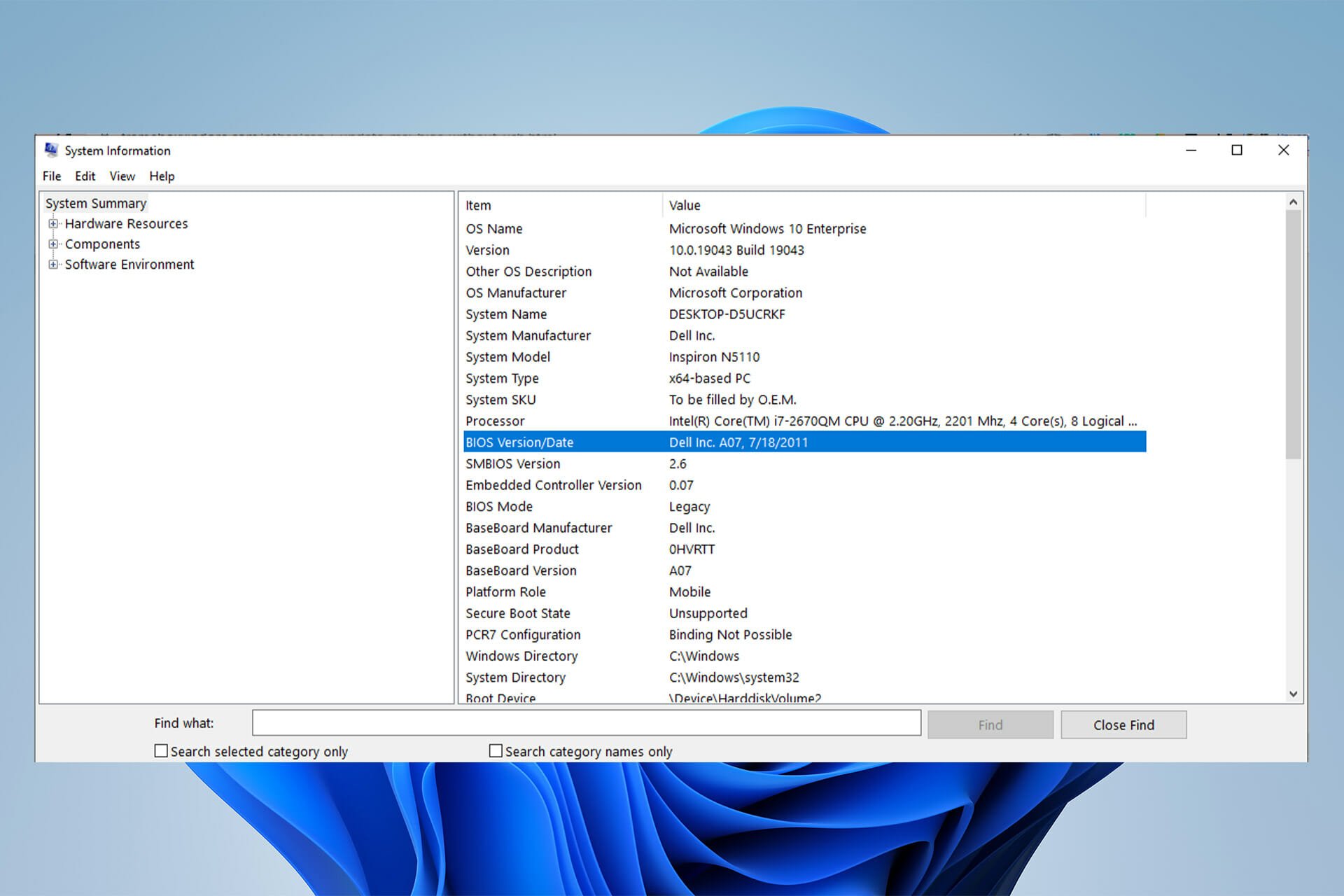Do you ever need to update the BIOS?
It is important to update your computer’s operating system and software. BIOS updates won’t make your computer faster; they won’t add new features you need and may even cause additional problems. You should only update your BIOS if the new version contains the required improvement.
What is BIOS updating good for?
Hardware Updates: Newer BIOS updates allow the motherboard to correctly identify new hardware such as processors, RAM, etc. Increased stability—If bugs and other issues are found with motherboards, the manufacturer will release BIOS updates to address and fix these bugs.
Is it bad to update BIOS?
Installing (or “flashing”) a new BIOS is more dangerous than updating a simple Windows program, and if something goes wrong, you could freeze your computer. Since BIOS updates usually don’t introduce new features or huge speed boosts, you probably won’t see a huge benefit.
How do I know if my BIOS needs to be updated?
Some will check if an update is available, while others will only show you the current firmware version of your current BIOS. In that case, you can go to the download and support page for your motherboard model and see if a newer firmware update file is available than the one currently installed.
What happens if a BIOS update fails?
If your BIOS update procedure fails, your system will be unusable until you replace the BIOS code. You have two options: Install a replacement BIOS chip (if the BIOS is in a socket chip). Use the BIOS recovery feature (available on many systems with surface-mounted or soldered chips).
Is the HP BIOS update secure?
It is not a scam if downloaded from HP’s website. But be careful with BIOS updates; if they fail, your computer may be unable to boot. BIOS updates can provide bug fixes, newer hardware compatibility, and performance improvements, but make sure you know what you’re doing.
Why did my BIOS update automatically?
The system BIOS can be automatically updated to the latest version after Windows is updated, even if the BIOS is rolled back to an older version. This is because a new program, “Lenovo Ltd. Firmware,” will be installed during the Windows update.
How do I know if my BIOS is up to date with Windows 10?
On Windows 7, 8, or 10, press Windows + R, type “msinfo32” in the Run box, then press Enter. The BIOS version number is displayed in the System Summary panel. Look at the “BIOS version/date” field.

How do I manually update my BIOS?
Press Window Key+R to access the “RUN” command window. Then type “msinfo32” to open your computer’s system information log. Your current BIOS version is listed under “BIOS Version/Date”. Now you can download your motherboard’s latest BIOS update and update utility from the manufacturer’s website.
How do I get into the BIOS?
To access the BIOS on a Windows PC, you need to press the BIOS key set by your manufacturer, which can be F10, F2, F12, F1, or DEL. If your PC goes through the self-test boot too quickly, you can also enter the BIOS through the advanced recovery settings of the Windows 10 start menu.
Do I need to update my BIOS before installing Windows 10?
Unless it’s a new model, you may not need to upgrade the bios before installing win 10.
How do I stop the BIOS update?
Disable the additional updates, disable the driver updates, then go to Device Manager – Firmware – right-click and uninstall the version currently installed with the ‘uninstall the drivers’ box checked. Install the old BIOS, and from there, you should be fine.
Do I need to update my drivers?
Ignoring device driver updates is a common cause of serious computer problems. You should always make sure that your device’s drivers are properly updated. Not only will this keep your computer in good working order, but it can also protect it from potentially expensive problems later on.
How do I know if I have UEFI or BIOS?
To check if your computer uses UEFI or BIOS, Press the Windows + R keys simultaneously to open the Run box. Type MSInfo32 and press Enter. In the right pane, find “BIOS Mode”. If your PC is using BIOS, Legacy will be displayed. If it uses UEFI, UEFI will be displayed.
What does BIOS update mean?
Like operating system and driver revisions, a BIOS update includes feature enhancements or changes that help keep your system software current and compatible with other system modules (hardware, firmware, drivers, and software), security updates, and increased stability.
How long does it take to update the BIOS?
The BIOS flash can take several minutes to several hours. Once the BIOS update is complete, your computer will reboot. It is very important not to interrupt the power supply to the computer. Any interruption can corrupt the BIOS and render your computer useless.
What damages the BIOS?
A damaged motherboard BIOS can occur for several reasons. The most common sense this happens is due to a failed flash when a BIOS update was interrupted. After you can boot into your operating system, you can repair the corrupted BIOS using the “Hot Flash” method.
How do I fix a corrupt BIOS?
There are three ways to do this: Boot into the BIOS and reset it to factory defaults. If you can boot into the BIOS, go ahead and do that. Remove the CMOS battery from the motherboard. Unplug your computer and open your computer case to access the motherboard. Reset the jumper.
Can you disable BIOS recovery two from the hard drive?
BIOS Recovery 2 Recovery from the external USB drive cannot be disabled in the BIOS Setup and enabled by default. If one is present, the default search location for the BIOS recovery image is the external USB drive.
